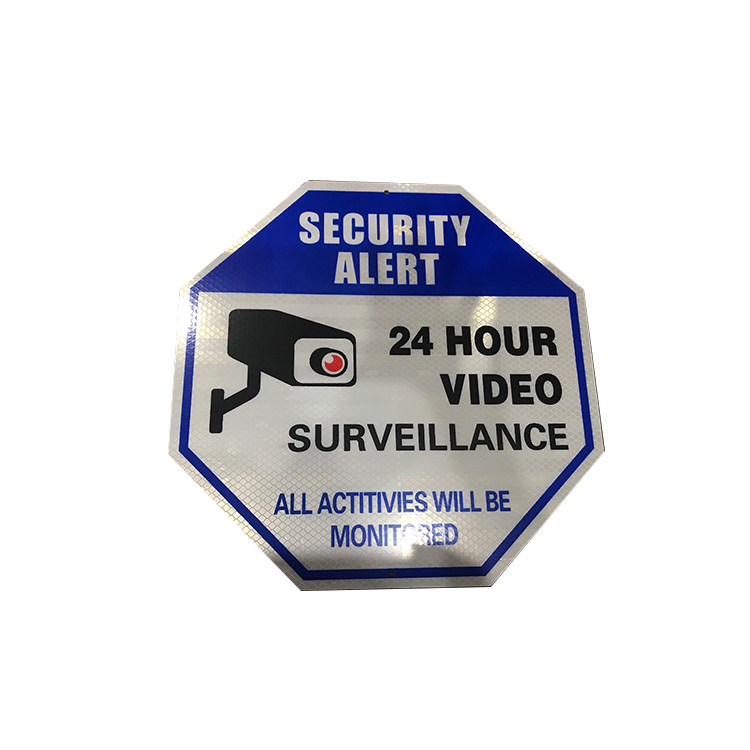The signs that do not shine should be used in normal lighting. Such lighting can be of natural origin – there is enough sunlight to understand what is indicated on the sign. Or it can be artificial lighting – enough light generated by electrical appliances. If there is insufficient lighting, then it will be difficult for people to understand what signs indicate. They may not even see what is depicted on them.
Accordingly, the risk of developing a dangerous situation increases. In such cases, you need to use signs that light up.
Glowing signs have a special coating. Such a coating, when light hits it, begins to reflect it. So, if the light comes from the side of the one who should see the sign, then the sign is visible better than those objects that surround it. Often, luminous safety sign construction can be seen in areas where repairs are underway, work is being done to eliminate accidents, rescue is being carried out, and other work is being carried out in the field of construction of various facilities and roads. Such signs are installed in mines, as well as in tunnels and in other places where it is dark. Safety signs, which can glow, help reduce the risk to drivers of vehicles in areas where some work is being done.
There are safety signs that begin to glow if the lighting becomes insufficient to understand what is shown on them. These signs are made of a special material with a photoluminescence effect. These signs emit a glow that contributes to a clear understanding of what they want to warn about or what does not need to be done in a particular area. If the lighting becomes normal, then they are perceived in the same way as normal Safety signs.
Warning Safety signs
The signs, which warn of something or prohibit something, are used to attract attention at industrial facilities or in public places, as well as where you should warn about a possible danger. They must indicate the danger so that it can be avoided, and warn about the consequences that may arise if you do not pay attention to the contents of the sign.
Images on signs help achieve a specific goal, which allows them to be divided into categories:
- Safety signs that belong to the category of prescribing (15 characters) – as a rule, they recommend performing one or another action:
- Prohibiting (23 characters) – containing a categorical prohibition of any action or intent,
- Warning (29 characters) – inform about a possible or potential danger,
- Fire safety (12 graphic images) – indicate important points in the event of an emergency fire hazard,
- Medical and sanitary appointments and evacuation (25 evacuations and 6 sanitary), and
- guidance (3 images) – inform about the place intended for food and smoking, as well as the source of drinking water.
For example, the following prescriptive signs are assigned to statutory safety signs:
- for the protection of the organs of vision (recommended work with glasses),
- on protection against possible mechanical head injuries (work in a helmet or helmet),
- on the protection of hearing organs from excessive noise (work in special headphones),
- respiratory protection (work in respirators is recommended, etc.),
- to protect the legs from chemical and other aggressive agents (work in special boots),
- on protecting hands from aggressive and harmful substances in the workplace (work in specially designed gloves,
- on an individual measure of body protection (work in overalls),
- face protection (work in a helmet or shield, for example, for welding),
- about working with a seat belt,
- recommended passage above an elevated structure, and
- about turning off some mechanisms before starting work.
Safety signs in the workplace
A separate category can be considered safety signages in the workplace. They help ensure safety for people who will work in difficult conditions. Such signs are often found in factories, factories, and other manufacturing enterprises. As a rule, their placement is a requirement that must be fulfilled without fail. After all, the life and health of people depends on the presence of such signs.

